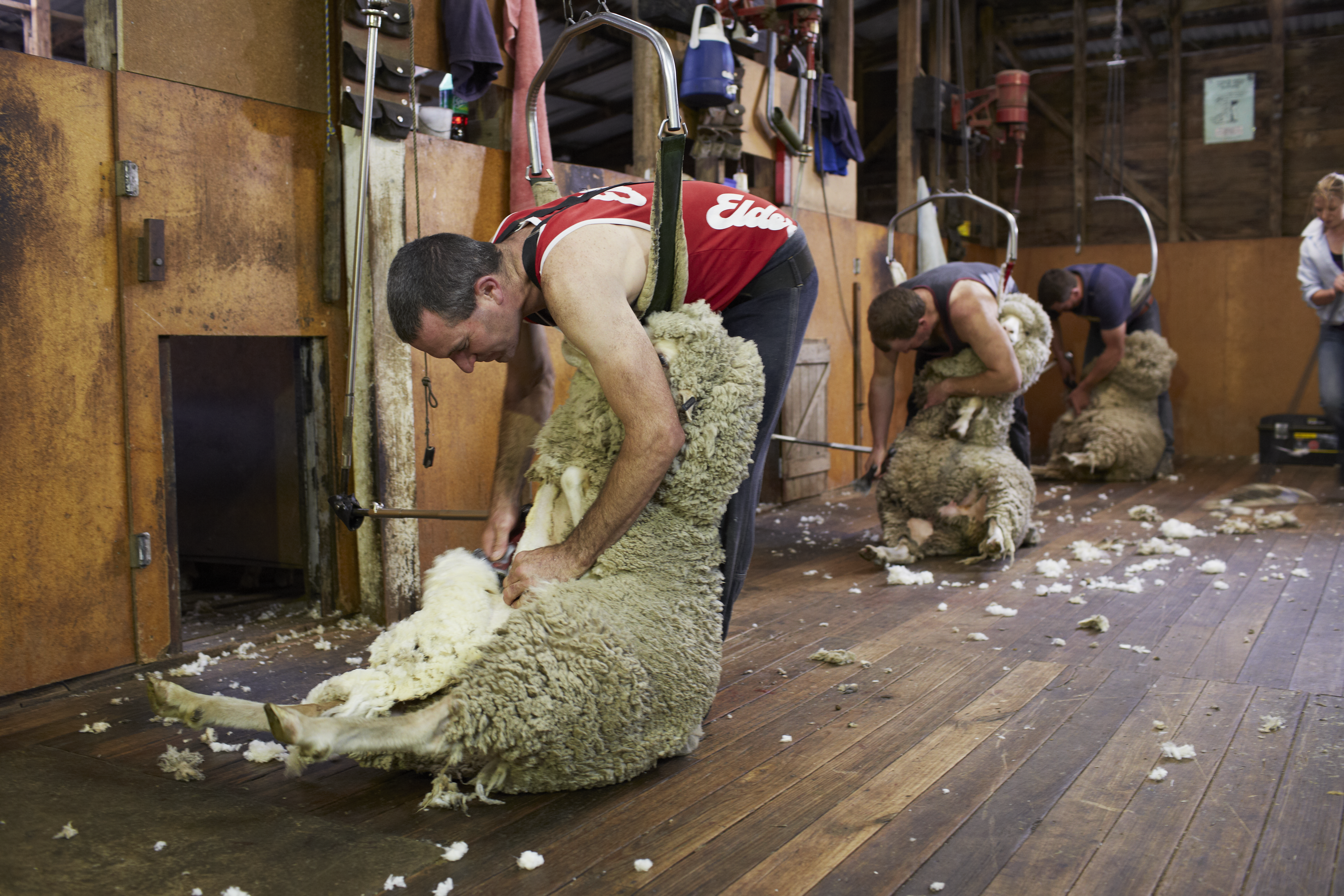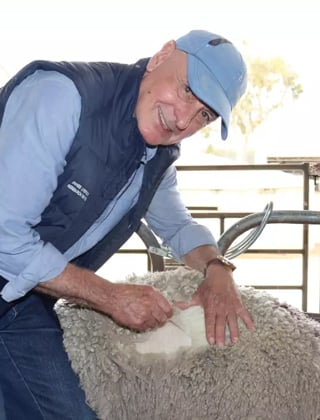Best-practice shearing and crutching

Ensuring shearing sheds are safe workplaces not only helps to reduce injuries and accidents but also helps to attract and retain shearers and shed staff, and improve productivity and profitability of the wool industry. This article dives further into best-practice shearing and crutching.
Ensuring shearing sheds are safe workplaces not only helps to reduce injuries and accidents but also helps to attract and retain shearers and shed staff, and improve productivity and profitability of the wool industry.
SafeSheds, The Shearing Shed Safety Program, was developed by Australian Wool Innovation (AWI) and the WA Shearing Industry Association (WASIA) to improve safety in shearing sheds. You can access the best-practice guide and assessment checklists, including as a mobile app, at: www.wool.com/safe-sheds
Here you can also order a shed safety signage kit, sponsored by AWI, for $25.
The program provides a structure to systematically identify and control risks associated with:
- The shearing shed
- Machinery and equipment
- Amenities and facilities
- Work practices
- General working conditions
Preparing sheep for shearing and crutching
As with most things, preparation is the key to success – in this case, the successful harvesting of wool from your flock. The ‘Preparing your sheep for shearing’ factsheet covers several factors that need to be considered to optimise shearing and crutching. These include:
- Shearing at a time of year that is optimal for the physiological state of the sheep (e.g. pregnancy), condition score of the sheep, feed availability, tensile strength and position of break of the wool, and the seasonal conditions – whilst also avoiding wet and windy weather which poses a risk of hypothermia for shorn sheep
- Ensuring that the sheep are kept dry, not scouring and not stressed by excessive yarding and handling immediately before shearing
- Always curfew sheep before shearing and crutching so that they are easier to handle and keep comfortable and relaxed during shearing and crutching. The required time for curfew is dependent on the physiological state of the sheep e.g. their age and whether they are pregnant or lactating. The general recommendation is for sheep to be yarded overnight without feed and water for a minimum of 8 hours, or a length of time that is mutually agreed between the woolgrower, contractor and shearers
- Always crutching sheep before shearing if they are shorn annually. There is often little to no need to crutch sheep if you shear more frequently (i.e. 6- or 8-monthly), but you should be prepared to crutch, bung-hole or part shear individual sheep where required. The time of crutching should consider your flock’s annual management cycle, including as a strategy to prevent dags and stain and protect from flystrike
- Sedating rams before shearing, unless the woolgrower, contractor and shearers have agreed that sedation is not required
- Using low-stress stock handling methods. For more information, check out this case study.
- Ensure sheep have access to feed and water after shearing to recover from curfew. Consider the risk of acidosis if feeding grain
- Preventing shearing cuts and other injuries but also being prepared to treat them. Make sure you check and treat individual animals following shearing as required. Check out this factsheet for more information
- Ensuring that you provide good facilities and communicate well with the wool harvesting staff – create an environment that is low-stress, safe and efficient for everyone involved
Amy Lockwood, AWI Extension WA







